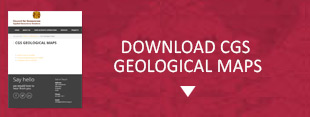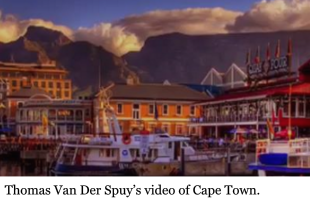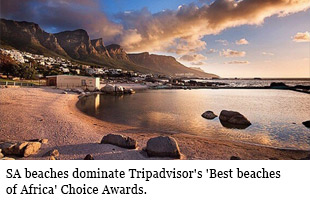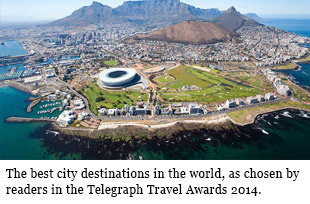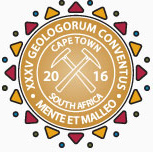
35TH INTERNATIONAL GEOLOGICAL CONGRESS
27 AUGUST - 4 SEPTEMBER 2016 | CAPE TOWN, SOUTH AFRICA
Sponsors
Keystone Sponsor


Diamond Sponsor


Gold Sponsor


Silver Sponsor
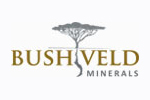

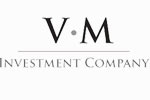
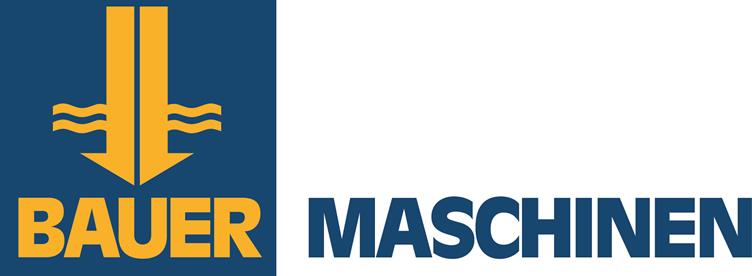




Business Centre Sponsor


Publication Sponsor




Social Function


Plenary Speaker Sponsor


Speaker Gift Sponsor


Post Graduate Fund


Registration


Welcome Drinks


Lunch Time Drinks


Publication &
35 IGC SAGPGF
35 IGC SAGPGF

35 IGC SAGPGF




MY IGC APP


Symposium Sponsor

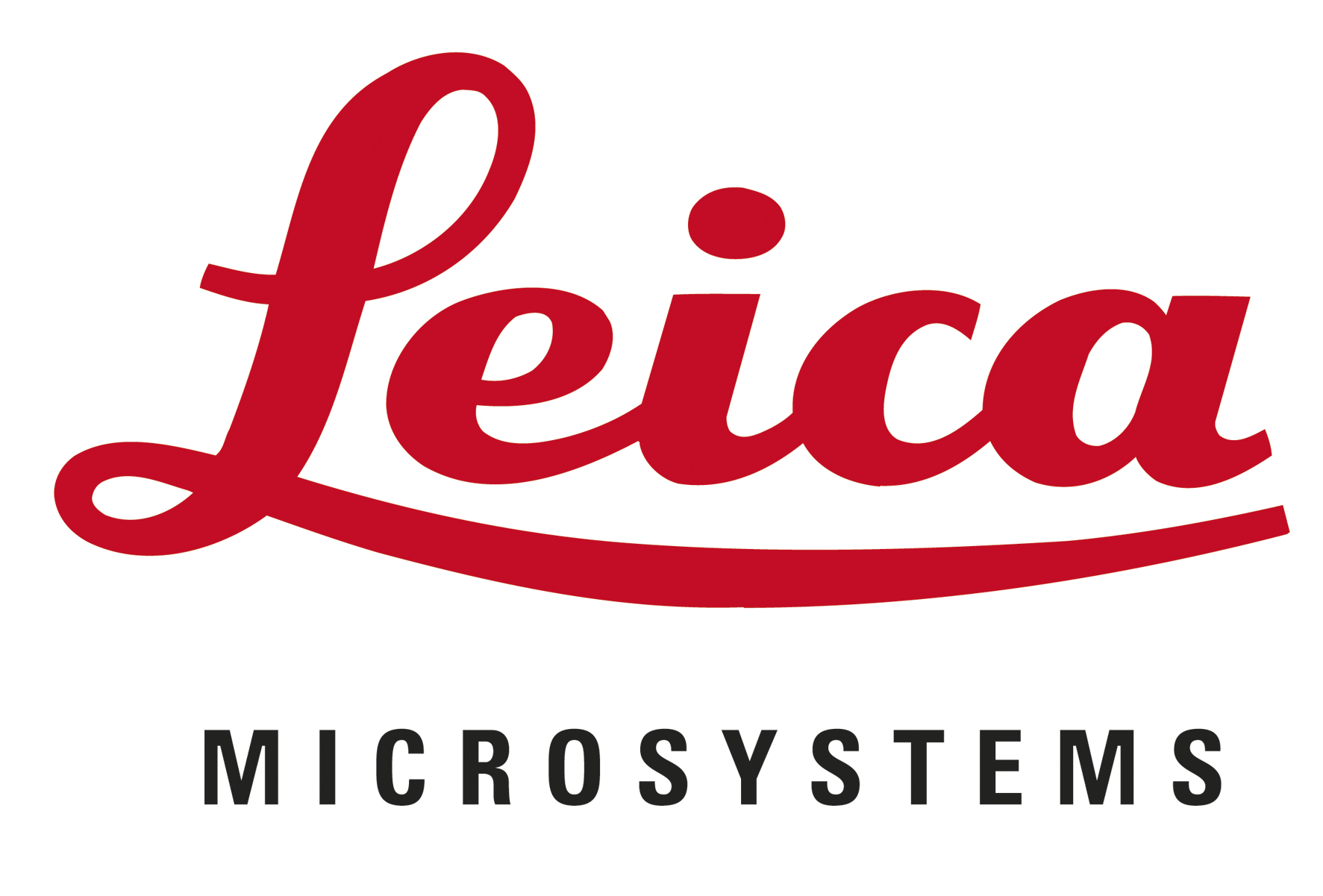


Audit Sponsor
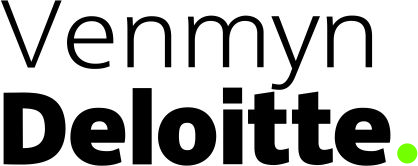

35TH INTERNATIONAL GEOLOGICAL CONGRESS
27 AUGUST - 4 SEPTEMBER 2016 | CAPE TOWN, SOUTH AFRICA
My IGC
Symposium Details
| Title | Description | Convenors |
|---|---|---|
| Recent advances in foreland basin systems | In external orogenic systems the evolution of the migrating flexural foreland basin is inextricably linked to that of the adjacent fold and thrust belt. The distribution of deformation and thus of subsidence in these systems is strongly influenced by inherited crustal rheology and structure. Notably, the presence of weak layers, such as salt, enhances the development of wedge-top basins and complex growth structures. Over the last 20 years new, high precision dating techniques have led to major advances in our understanding of the coupling and feedback between surface, climatic and tectonic processes in orogenic wedges and their foreland basins. Recognition the relative roles of tectonic processes, climatic processes and lithology in controlling stratigraphic architecture of FB is a key challenge. In particular, understanding response times to tectonic and climatic perturbations in foreland systems is still a difficult issue. All these advances have major implications for the interpretation of stratigraphic architecture and patterns of subsidence in foreland basins at different spatio-temporal scales. While classic flexural models for the origin of foreland basins have stood the test of time, major advances in our understanding of both lithosphere and mantle dynamics, rheology and structure, coupled with more powerful modelling tools, have led to new insights into the nature of loads and the mechanical response of the lithosphere to the emplacement of these loads. In certain cases, far-field plate dynamics can also act as a driver of foreland basin subsidence. How can we recognise the signature of these processes in the foreland basin stratigraphy, structure and subsidence patterns? We invite contributions that address any of these issue to provide new insights into foreland basin systems, using modelling and/or case studies. We particularly welcome case studies from the African continent and its margins. | Mary Ford and Dominique Frizon de la Motte |
 Field trips
Field trips  Sponsorship & expo
Sponsorship & expo  Registration
Registration Tours
Tours  Promotion
Promotion 

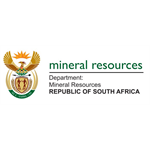












 Conference Programme
Conference Programme  Field trips
Field trips  Sponsorship & expo
Sponsorship & expo  Volunteer
Volunteer  GeoHost
GeoHost  Registration
Registration Tours
Tours  Promotion
Promotion  Publications
Publications


